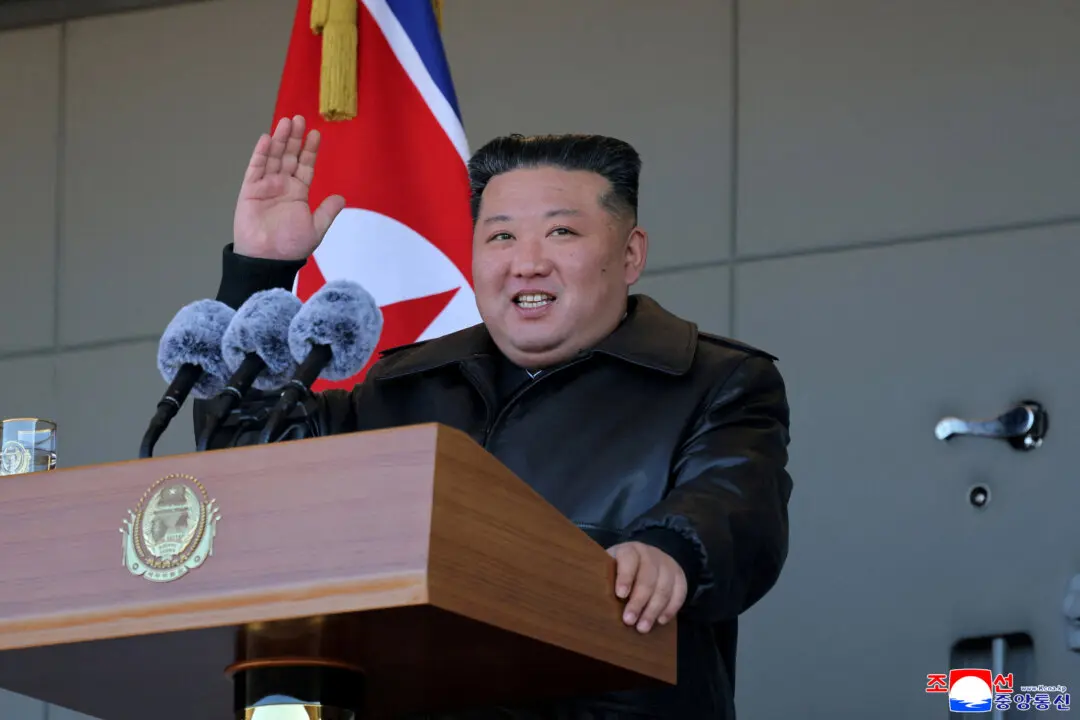WASHINGTON/BEIJING—President Donald Trump on Aug. 23 said he has ordered American companies to exit China after Beijing unveiled retaliatory tariffs on $75 billion of U.S. goods, throwing a new twist into the bitter trade war between the world’s two largest economies.
The president was meeting with his trade team at midday, a senior White House official told Reuters.





